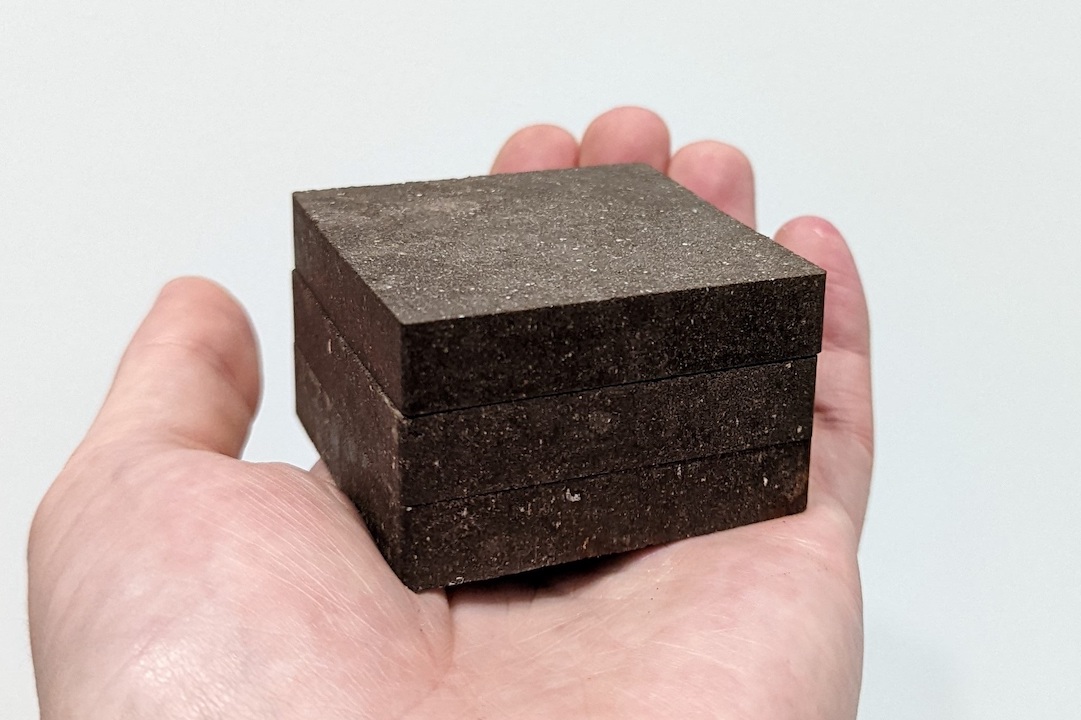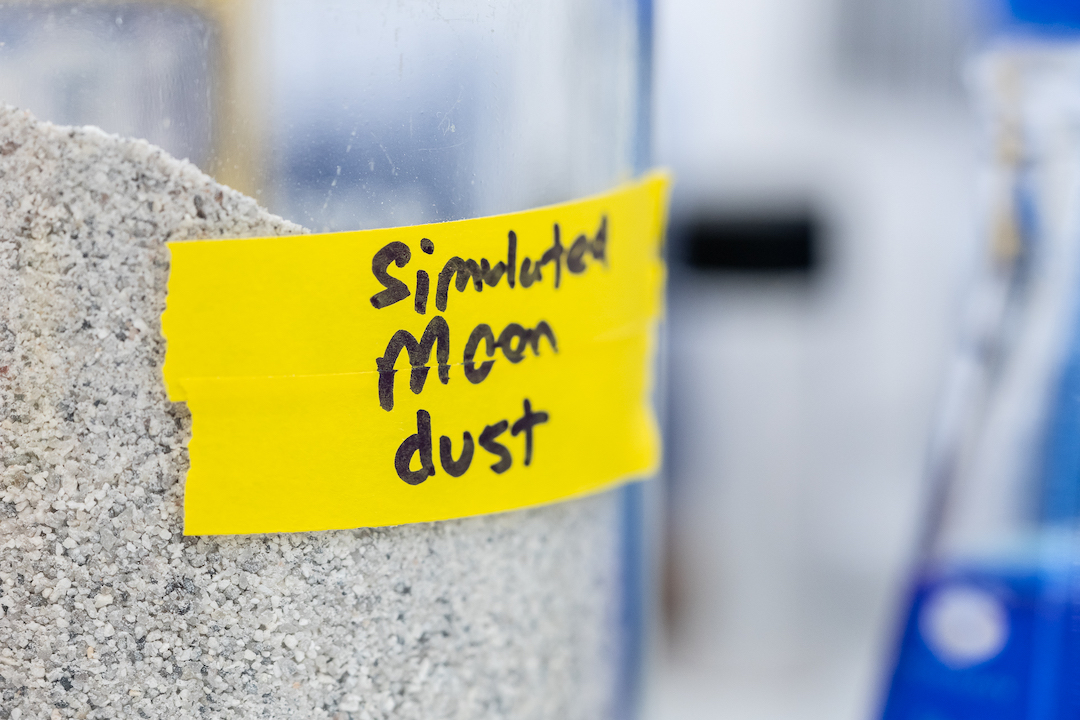Space Brick Twice As Strong As Concrete Is Made From Potatoes And Salt
By Alexa Heah, 17 Mar 2023

Just as NASA unveiled its latest spacesuits that astronauts will soon don on their return to the Moon, engineers have been toiling away at another task: coming up with the best material to construct buildings in space.
Scientists at the University of Manchester have come up with ‘StarCrete’, a material made from extra-terrestrial dust, potato starch, and a pinch of salt. Don’t be fooled by the ingredient list, as the material is said to be twice as strong as concrete.
As previously reported, the team was behind AstroCrete, an earlier brick fashioned out of blood, urine, and Martian dirt. As buildings in space will need to be made out of simple materials, StarCrete provides another alternative to the mix.
Calling the material “perfectly suited for construction work” in space, the researchers found that the brick has over double the strength of regular concrete at 72 MPa, while ones made with moon dust were even stronger at 91 MPa.

Previously, AstroCrete had an estimated compressive strength of 40 MPa, making the new iteration vastly stronger and perhaps more feasible in reality—considering potato starch would be easier to obtain than blood.
“Since we will be producing starch as food for astronauts, it made sense to look at that as a binding agent rather than human blood. And anyway, astronauts probably don’t want to be living in houses made from scabs and urine!” explained Dr Aled Roberts, Research Fellow at the Future Biomanufacturing Research Hub.
The team said that one sack (55 lbs) of dehydrated potatoes (crisps) contained enough starch to produce nearly half a tonne of StarCrete—or over 213 bricks. To illustrate the scale, a three-bedroom house takes about 7,500 bricks to construct.
Going forward, the scientists plan to take the material from the laboratory to the real world, where their startup firm DeakinBio is exploring ways to improve the brick so that it could one day be used to construct landmarks on the Moon or Mars.
[via New Atlas and University of Manchester, images via University of Manchester]





